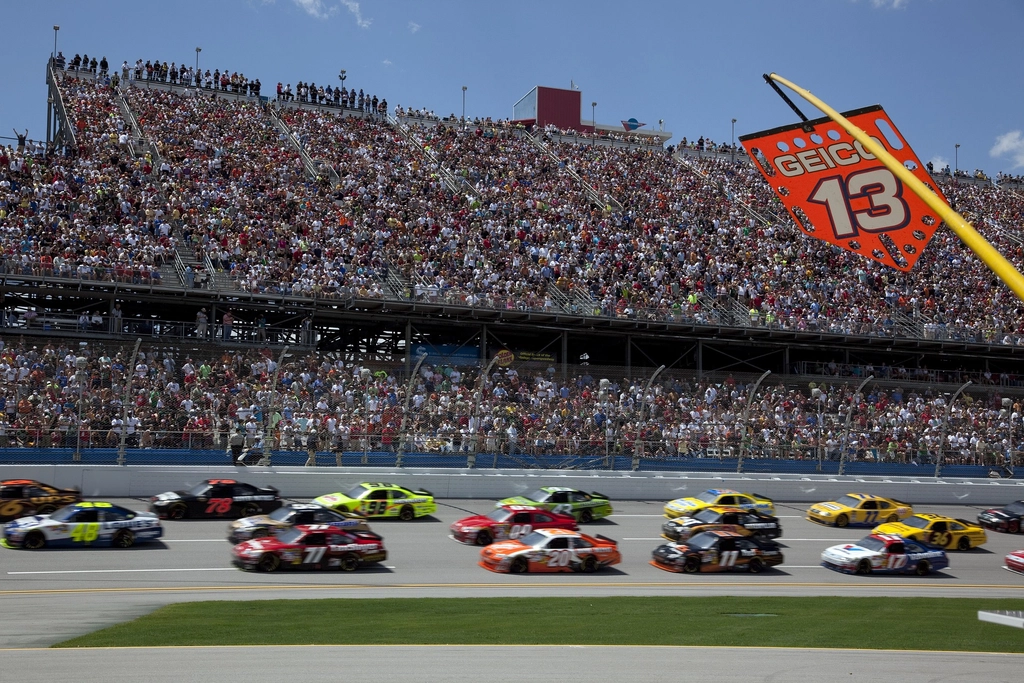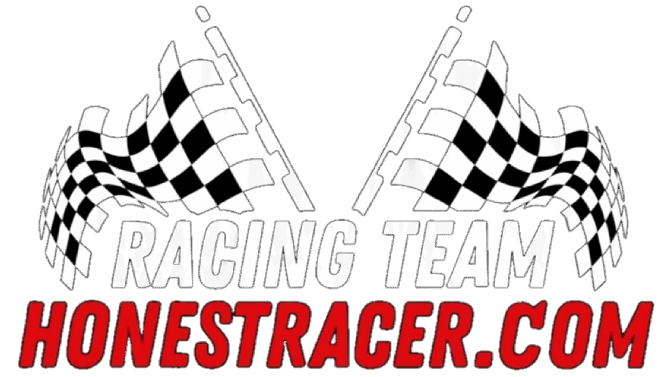The Fast Lane of North America: Reviewing the Best American and Canadian Racing Drivers
Introduction: Why Racing Matters in North America
Motorsport isn’t just a sport in North America—it’s a culture, a way of life, and for many, a family tradition. From the thunder of stock cars roaring around Daytona to the sleek precision of IndyCars flying through Indianapolis, the continent has produced some of the world’s most fearless, passionate, and skilled drivers.
Canada and the United States share more than a border; they share a racing heritage that has shaped legends and inspired generations of fans. NASCAR, IndyCar, Formula 1, IMSA, and grassroots dirt tracks all serve as proving grounds for drivers chasing glory. Each series demands different skills, mental toughness, and adaptability.
At Honestracer.com, our mission is simple: to review, celebrate, and critique North America’s racing drivers with honesty. No hype, no PR polish—just an honest look at who’s great, who’s overrated, and who might be the future of racing. This article sets the stage, introducing you to the legends, today’s stars, and the cultural heartbeat of racing in America and Canada.
—
The Legacy of American Racing Drivers
American racing history is decorated with names that transcend the sport. These legends built the foundation for today’s racing scene, where young drivers still look to them for inspiration.
Mario Andretti – Arguably America’s most complete driver, Andretti won in Formula 1, IndyCar, NASCAR, and even sports cars. His versatility remains unmatched.
A.J. Foyt – A giant of American motorsport, Foyt claimed four Indianapolis 500 victories and left his mark on almost every series he touched. Tough, fearless, and relentless, he embodied the grit of American racing.
Dale Earnhardt Sr. – “The Intimidator” wasn’t just a NASCAR star—he was the NASCAR star. His aggressive style, unmatched racecraft, and seven championships made him a hero to millions.
These drivers weren’t only winners—they were larger-than-life personalities who defined eras. They shaped the very idea of what it means to be a racing driver in North America: brave, relentless, and unapologetically competitive.
—
Modern American Stars: Who’s Dominating Today?
While legends paved the road, today’s American drivers are carrying the torch into new eras of racing.
NASCAR Powerhouses
Kyle Larson – A true talent across disciplines, Larson can win in NASCAR, sprint cars, and dirt tracks. His adaptability makes him one of the most complete drivers in the modern NASCAR field.
Denny Hamlin – The veteran who somehow still hasn’t won a championship, Hamlin’s consistency and racecraft make him one of NASCAR’s most respected competitors.
Joey Logano – With multiple championships, Logano has evolved from the “kid with potential” into a proven star and leader in the garage.
IndyCar Heroes
Josef Newgarden – Smooth, smart, and calculated, Newgarden is arguably the best American open-wheel driver of his generation, with multiple championships to his name.
Colton Herta – Young, fearless, and aggressive, Herta represents the future of American IndyCar racing. Many believe he could even make the jump to Formula 1.
Alexander Rossi – From his stunning Indy 500 win as a rookie to his consistent presence as a contender, Rossi brings a mix of intelligence and raw pace to IndyCar.
These modern stars prove that the American racing scene is alive, competitive, and ready to produce the next legends.
—
Canadian Racing Heroes
Canadian racing has its own proud legacy. While smaller in scale compared to the U.S., Canada has produced drivers who’ve made massive impacts globally.
Gilles Villeneuve – Still considered a national hero, Villeneuve was fearless and spectacular in Formula 1. His driving for Ferrari in the late 1970s cemented his reputation as one of the sport’s most exciting figures.
Jacques Villeneuve – Gilles’ son carried the family torch, winning the 1997 Formula 1 World Championship and the 1995 Indianapolis 500. He remains Canada’s most decorated racing driver.
Paul Tracy – Known as “The Thrill from West Hill,” Tracy’s aggressive style and CART/IndyCar success made him one of Canada’s most colorful and controversial drivers.
Modern Canadian Drivers
Lance Stroll (Formula 1) – Often criticized due to his family’s wealth, Stroll has proven he can perform at the top level, scoring podiums and battling some of the world’s best.
Robert Wickens (IMSA) – After a devastating IndyCar crash left him partially paralyzed, Wickens’ return to competitive racing in touring cars is one of the most inspiring comeback stories in motorsport.
Devlin DeFrancesco (IndyCar) – A young driver looking to make his mark, DeFrancesco is part of the new wave of Canadians trying to break into the big leagues.
Canadian racing culture is about resilience, passion, and proving oneself on the world stage.
—
Comparing American and Canadian Racing Cultures
Although they share a continent, the U.S. and Canada approach racing differently.
American Racing is dominated by NASCAR and IndyCar, massive fan bases, and billion-dollar sponsorships. Racing in America feels like an entertainment spectacle as much as a sport.
Canadian Racing leans toward international influence, with Formula 1’s Canadian Grand Prix in Montreal being the nation’s crown jewel. Canadian fans also follow European racing closely, giving their motorsport culture a more global flavor.
Where Americans celebrate oval racing and raw horsepower, Canadians often rally around technical circuits and international prestige. Together, they represent two sides of the same coin: passion for speed and competition.
—
Rising Talents & The Future of North American Racing
The future of North American racing is bright. A new generation of drivers is emerging from karting, sim racing, and grassroots tracks.
In the U.S., drivers like Ty Gibbs in NASCAR and Kyle Kirkwood in IndyCar are turning heads. In Canada, young prospects are pushing to follow in the footsteps of the Villeneuve name. Sim racing and eSports have also opened doors for new talent, giving young racers an unconventional path into professional motorsport.
The next decade could see an even tighter connection between American and Canadian drivers, especially as global racing continues to mix disciplines and blur boundaries.
—
Conclusion: The Honest Road Ahead
Racing in North America is a living, breathing story of speed, courage, and ambition. From Earnhardt and Villeneuve to Larson and Stroll, drivers continue to push the limits of what’s possible.
At Honestracer.com, our goal is to cover these drivers with honesty—to celebrate their victories, critique their mistakes, and give fans a clear picture of who they really are behind the wheel.
This is just the beginning. In future reviews, we’ll dive deeper into individual drivers, their careers, strengths, weaknesses, and the qualities that make them worth following. Buckle up—the journey has just begun.


